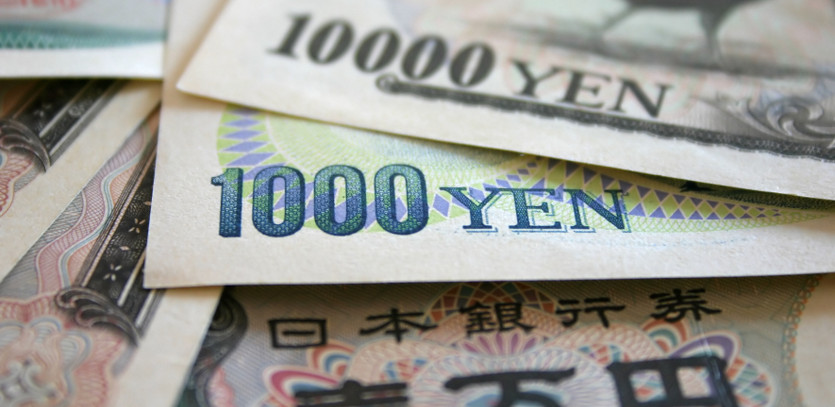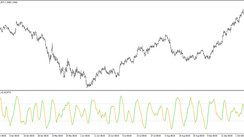Asian Currencies Display Little Movement
With traders bracing for a likely softer U.S. nonfarm payrolls data, the majority of Asian currencies were relatively stable on Friday. Meanwhile, the Japanese yen held close to a four-month high against the dollar, responding to strong guidance from the Bank of Japan.
The yen emerged as the top-performing Asian currency of the week, seeing a surge of over 2% following hints from Bank of Japan Governor Kazuo Ueda that a move away from negative interest rates could be on the horizon.
On Friday, the yen escalated 0.2% to 143.88 vis-a-vis the dollar. Ueda’s statements on Thursday led to a dramatic shift in predictions for the yen's weakening, and fueled the belief that the BOJ could close its negative rate framework in 2024.
This sentiment led to the yen overcoming data indicating Japan’s economy contracted further than originally projected in the third quarter. Ueda further highlighted that the policy will remain lax in the near future in order to bolster the Japanese economy.
Dollar Retreats as Investors Prepare for Lower Nonfarm Payrolls
While other Asian currencies remained quiet, the dollar saw a downturn following a series of softer labor market data this week. The dollar index and futures held steady in the mid-103s in Asian trading after a significant drop on Thursday.
Private payrolls and job openings readings indicated a potential slowdown in the U.S. labor force, setting up for a possible softer nonfarm payroll figure for November, due to be published later in the day.
Any indications of a cooling labor sector give the Federal Reserve fewer reasons to maintain higher interest rates. The nonfarm payrolls report will be published shortly before the Fed's final meeting this year, where it is expected to hold interest rates steady.
Nevertheless, markets are keen to gain clarity on the timing of Fed's potential rate cuts in 2024. Such anticipations had provided a lift to Asian currencies in recent sessions.
Regional Units Hold Steady Ahead of Payroll Data
In anticipation of the payroll data, most regional currencies remained relatively unchanged. The Chinese yuan dropped 0.1% and looked set for a slight weekly decrease due to ongoing concerns about China's economic slowdown. Dollar selling by Chinese state-controlled banks aided in minimizing yuan losses this week.
Meanwhile, the Indian rupee held steady after the Reserve Bank of India (RBI) maintained interest rates, as expected. The RBI also conveyed that its monetary policy would remain tight to combat continuous inflation threats.
The Australian dollar increased 0.2%, but was on course to drop 0.8% for the week following a series of disappointing economic data. The signs of slowing growth in China, Australia's top export market, seemed to be affecting the economy.





